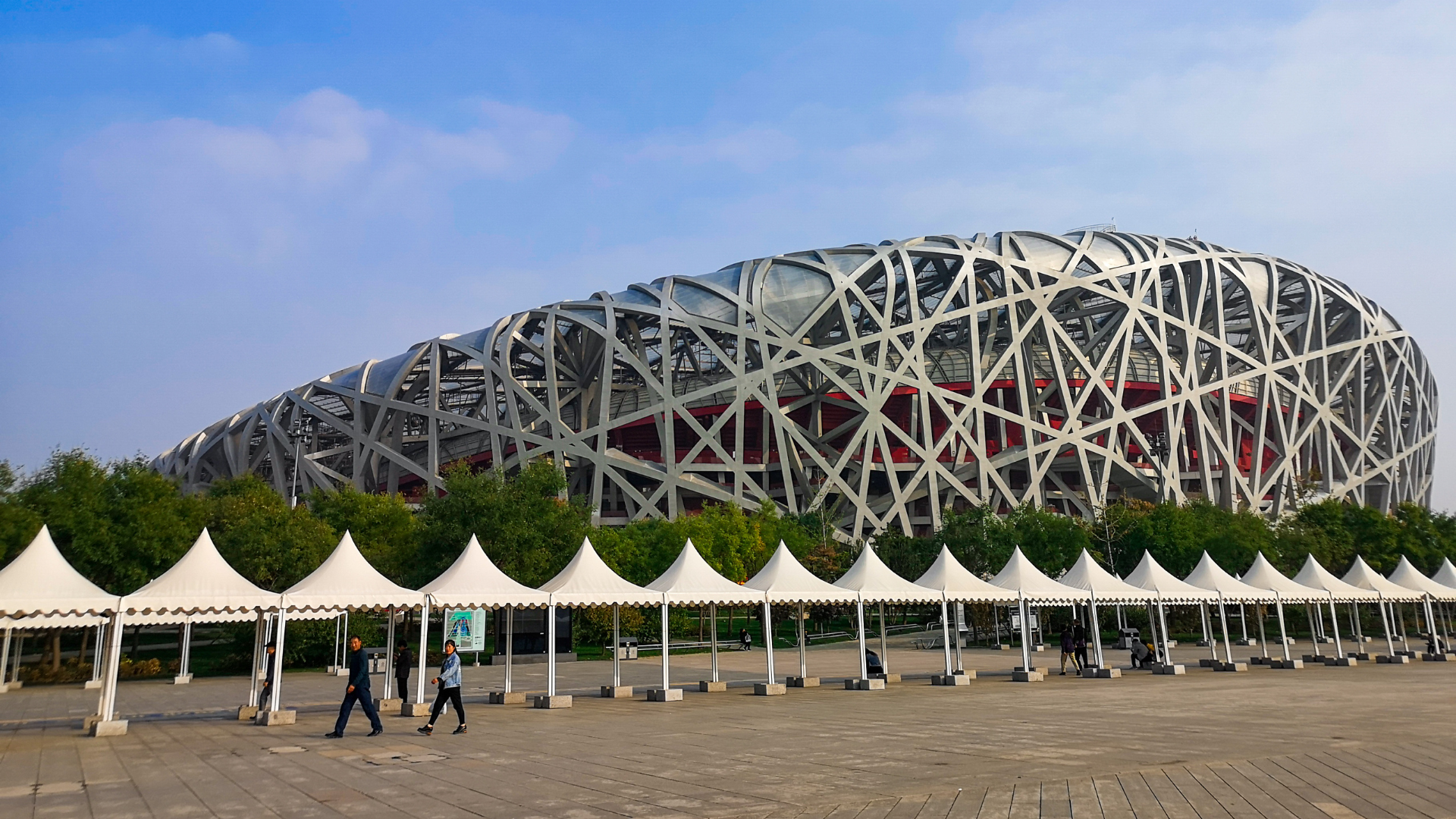Architecture has always been at the heart of the Olympic Games, even when not directly competing for a medal. Yes, architecture was once an Olympic Sports under the Art category from 1912 to 1948! Over the years, architecture has become integral with the event in more ways than one, crafting the overall experiences and giving nations unique global recognition.
Architecture is the very visible, yet ‘invisible’ hand shaping the Olympic experience, transforming host cities into arenas of design innovation. The iconic structures of Olympic venues, competition and non-competition, are landmarks of architectural excellence, blending aesthetic grandeur with cutting-edge engineering. These structures vividly reveal the ‘invisible hand’ of architecture, sculpting the Olympic legacy and elevating the visual and cultural impact of the Games.
“Architecture takes Centre Stage” at the Paris Olympics 2024
Should Architects Who Shape Our Olympic Experiences Be Recognized at the event?
“Architects who design iconic Olympic venues, like the Bird’s Nest Stadium in Beijing, by Herzog & de Meuron, often get attention in media and architectural circles. However, they’re rarely in the spotlight during the Olympics themselves, where the focus is usually on the athletes and the events.”
ChatGPT
Olympic Icons: Architecture that Defines the Games
The Olympics showcase architecture that shapes unforgettable experiences. Here are some samples from Paris 2024 to Tokyo 2020 and Rio 2016; these structures create immersive environments that go beyond function, offering unique spaces that resonate with all who visit.
Paris 2024: The Arena of Innovation
- Architect: Wilmotte & Associés
- Location: Champ de Mars, Paris
- Architect: VenhoevenCS + Ateliers 2/3/4/
- Location: Saint-Denis, Paris
Tokyo 2020: Blending Tradition with Modernity
- Architect: Kengo Kuma
- Location: Tokyo, Japan
- Architect: Nikken Sekkei
- Location: Tokyo, Japan
Rio de Janeiro 2016: A Celebration of Nature and Culture
- Architect: Santiago Calatrava
- Location: Rio de Janeiro, Brazil
2. Olympic Golf Course Clubhouse
- Architect: Rua Arquitetos
- Location: Barra da Tijuca, Rio de Janeiro, Brazil
Believe it or not, architecture was once an Olympic sport
Yes, from 1912 to 1948, the Olympics included an ART category where architecture, alongside painting, sculpture, literature, and music, vied for gold, silver, and bronze. These art competitions demanded entries be inspired by sport, leading to some truly captivating and groundbreaking architectural projects. This unique chapter in Olympic history highlights the symbiotic relationship between architecture and the grand spectacle of the Games, underscoring how design excellence continues to define and elevate the Olympic legacy.
Founder of Modern Day Olympics
The idea of including art competitions in the Olympics came from Baron Pierre de Coubertin, the founder of the modern Olympic Games. He believed in the concept of a balanced, harmonious individual who excelled in both physical and artistic endeavors. As a result, art competitions were incorporated into the Games, awarding medals for works inspired by sports. Read more about Pierre de Coubertin in this article.
Olympics Competition Categories
Summer Olympics 1912: Archery • Art competitions • Athletics • Badminton • Baseball • Basketball • Basque pelota • Beach volleyball • Boxing • Canoeing • Cricket • Croquet • Cycling • Diving • Equestrian • Fencing • Field hockey • Figure skating • Football • Golf • Gymnastics • Handball • Ice hockey • Jeu de paume • Judo • Karate • Lacrosse • Modern pentathlon • Polo • Rackets • Roller hockey • Rowing • Rugby • Sailing • Shooting • Skateboarding • Softball • Sport climbing • Surfing • Swimming • Synchronized swimming • Table tennis • Taekwondo • Tennis • Triathlon • Tug of war • Volleyball • Water motorsports • Water polo • Weightlifting • Wheelchair racing • Wrestling (Source Wikipedia )
Notable Olympic Architecture Projects and Winners
1912 Stockholm Olympics
- Gold Medal: The first Olympic gold medal in architecture was awarded to Eugène-Edouard Monod and Alphonse Laverrière from Switzerland for their “Stadium Project.” Their design was praised for its innovative approach to integrating sporting venues into a cohesive urban plan.
1928 Amsterdam Olympics
- Gold Medal: Jan Wils from the Netherlands won the gold for his design of the Olympic Stadium in Amsterdam, which was used for the 1928 Games. Wils’ design was notable for its modernist style and functionalist approach, featuring an iconic Marathon Tower.
1932 Los Angeles Olympics
- Gold Medal: John Hughes from Great Britain won for his “Design of a Sports and Recreation Centre with Stadium for the City of Liverpool”. Although this design was not realized, Hughes later designed St. Andrew’s Gardens in Liverpool, inspired by Art Deco and now serving as a dormitory for the University of Liverpool (99% Invisible) (Paris2024).
1936 Berlin Olympics
- Gold Medal: Werner March from Germany won the gold for his design of the Olympic Stadium in Berlin. The stadium, which is still in use today, is an example of monumental architecture and was designed to accommodate 100,000 spectators.
1948 London Olympics
- Gold Medal: The last architecture gold medal was awarded to Adolf Hoch from Austria for his “Ski Stadium” design. This was the final year that art competitions were part of the Olympics, as they were discontinued due to the difficulty of judging artistic endeavors against the objective nature of athletic performance.
